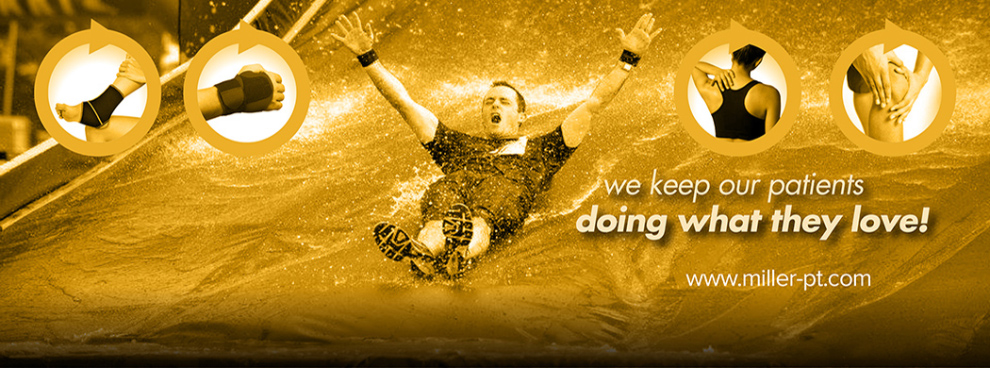Physical therapy in Delray Beach for Knee Issues
Q: I've been following the research on exercise and patellofemoral pain syndrome. I see they are now saying I need to strengthen the muscles around my hip, not just the knee. Can I do these at the same time or do I need to complete one set of exercises before I start another?
A: We've known for a long time that a weak, impaired, or imbalanced quadriceps muscle is a risk factor for patellofemoral pain syndrome (PFPS). But recent studies have shown what you have found out -- that weak hip muscles (external rotators and abductors) are directly linked with PFPS.
The question of order for exercises is a good one -- and one that is being studied. In fact, a group of physical therapists, athletic trainers, and sports physicians at the University of Kentucky Musculoskeletal Lab have just finished comparing results between two exercise programs designed specifically for patellofemoral pain syndrome.
They compared the results of hip strengthening exercises performed by one group of athletes with PFPS to a second group of similar athletes who did a quadriceps strengthening program instead.
All the participants in both groups were female. That was intentional because patellofemoral pain syndrome affects women twice as often as men in the general population and four times as often among athletes. They carefully screened participants so that everyone had the same symptoms and clinical presentation.
Results were measured using a couple of different outcomes. Pain intensity was one measure. Strength of hip and knee muscles was a second measurement used for comparison. They used a special handheld device called a dynamometer to test the muscles.
A third way to measure results was a test for functional strength. This test involved stepping down on one leg from a step, touching the heel to the floor, then returning back up to the step. The unit of measure used for comparison was the number of times each athlete could step down and back up in 30 seconds.
Each athlete performed flexibility exercises (performing each stretch three times for 30 seconds each) before doing strengthening exercises. Then they did their program of (quad or hip) exercises three times a week. During one of those three times, they were supervised by a physical therapist or athletic trainer. The other two sessions were done at home on their own.
There were two phases of the rehab program. Phase one (flexibility and strengthening as described) lasted four weeks. Everyone was retested at that point before progressing to phase two. Phase two consisted of weight-bearing resistance exercises, balance exercises, and a continuation of either the hip or quadriceps strengthening (the same exercise program done in phase one). Following phase two (four weeks), retesting was conducted and the results reported.
Here's what they found. Everyone in both groups gained in strength. Athletes in the hip strengthening group had less pain during the first four weeks compared with the knee group. The step-down test improved significantly for everyone in both groups.
They concluded that performing isolated hip strengthening helps decrease patellofemoral pain in female athletes faster than doing a traditional quadriceps strengthening program. This is just one piece of the puzzle.
Further research is needed to investigate the use of strengthening exercises as part of the rehab program for patellofemoral pain syndrome (PFPS). The goal should be to find the most efficient approach to the problem of pain and loss of function using exercises to rehab hip and/or knee muscles.
Reference: Kimberly L. Dolak, MS, ATC, et al. Hip Strengthening Prior to Functional Exercises Reduces Pain Sooner Than Quadriceps Strengthening in Females with Patellofemoral Pain Syndrome: A Randomized Clinical Trial. In The Journal of Sports Physical Therapy. August 2011. Vol. 41. No. 8. Pp. 560-570.
Miller PT provides services for physical therapy in Delray Beach.






